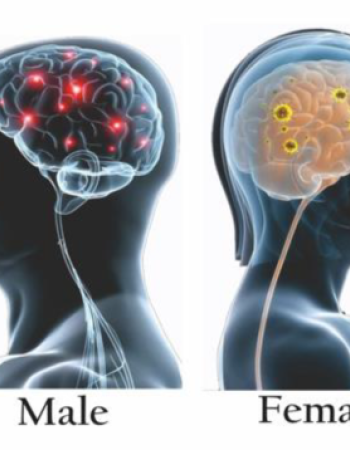Association of genetic variations in Toll-Like receptor 3 with Acute Lymphoblastic leukemia
Objectives
This study investigates the association between specific SNPs in the Toll-like receptor 3 (TLR3) gene and susceptibility to Acute Lymphoblastic Leukemia (ALL) in the Saudi population, aiming to clarify genetic influences on ALL risk.
Methods
We evaluated four SNPs of TLR3 (rs3775296 C/A, rs5743312 C/T, rs3775291 C/T, and rs3775290 C/T) for their association with ALL. The allelic and genotypic frequencies of these SNPs were compared between 150 patients and 115 control subjects in this case-control study. All participants were genotyped using TaqMan PCR techniques. Additionally, mRNA expression levels were assessed in patients with ALL and matched healthy individuals using Real-Time Quantitative Reverse Transcription PCR (qRT-PCR).
Results
Significant differences in genotype frequencies were observed for the TLR3 SNPs rs5743312 C/T and rs3775290 C/T between the ALL patients and control subjects. No significant differences were detected for rs3775296 C/A and rs3775291 C/T. Notably, the rs5743312 SNP was associated with an increased risk of ALL, while rs3775290 was associated with a decreased risk in the Saudi population.
Conclusions
Our study demonstrates significant associations of the TLR3 SNPs rs5743312 C/T and rs3775290 C/T with ALL in the Saudi population. These polymorphisms could be pivotal in developing genetic screening tools and enhancing risk prediction strategies for AL

To investigate the association between HLA-G gene polymorphisms and susceptibility to Sjögren’s syndrome (SS), and to evaluate serum soluble HLA-G (sHLA-G) levels in a Saudi population. HLA-G 14-…

Background: Coccidiosis is considered a protozoan disease affecting wild and domestic animal species which leads to economic losses. Regarding drug resistance, scientists are focused on…

Goldfish (Carassius auratus) gills function as both respiratory and immune-regulatory organs, integrating neuroendocrine and immune responses to environmental stimuli.

